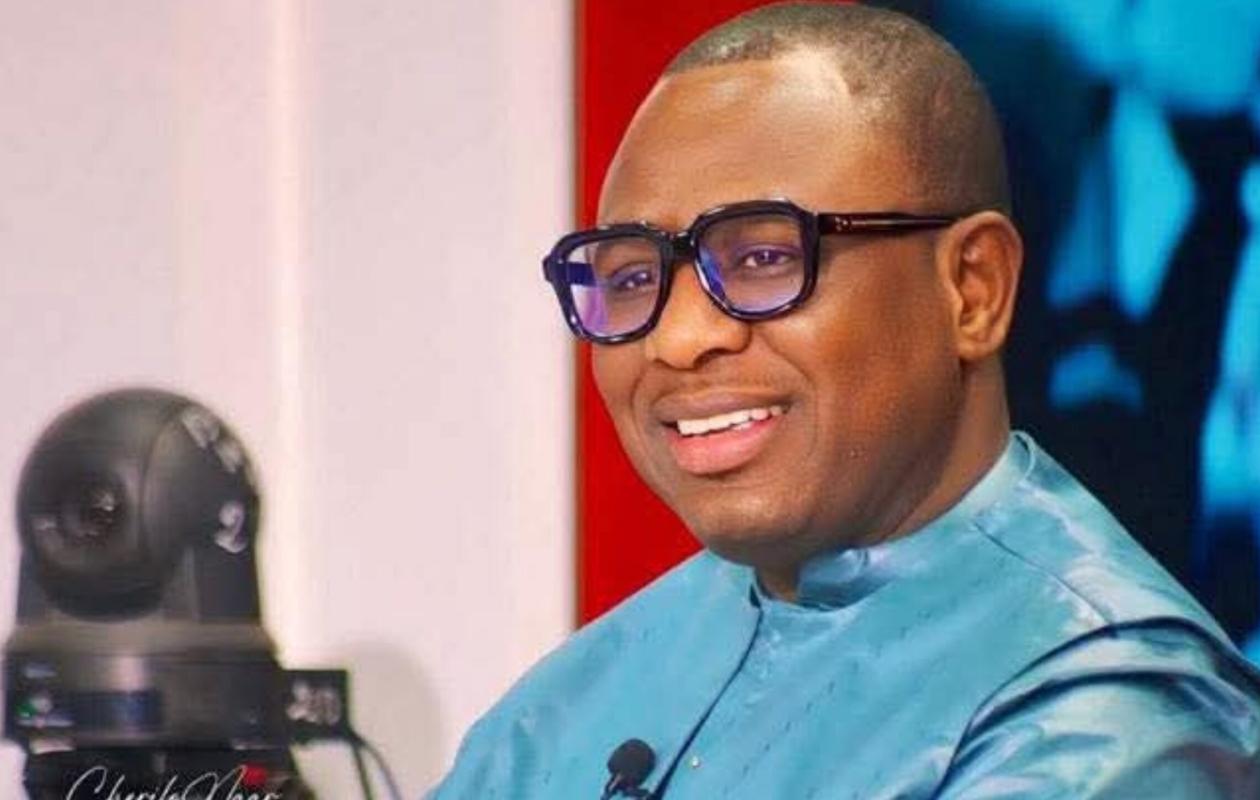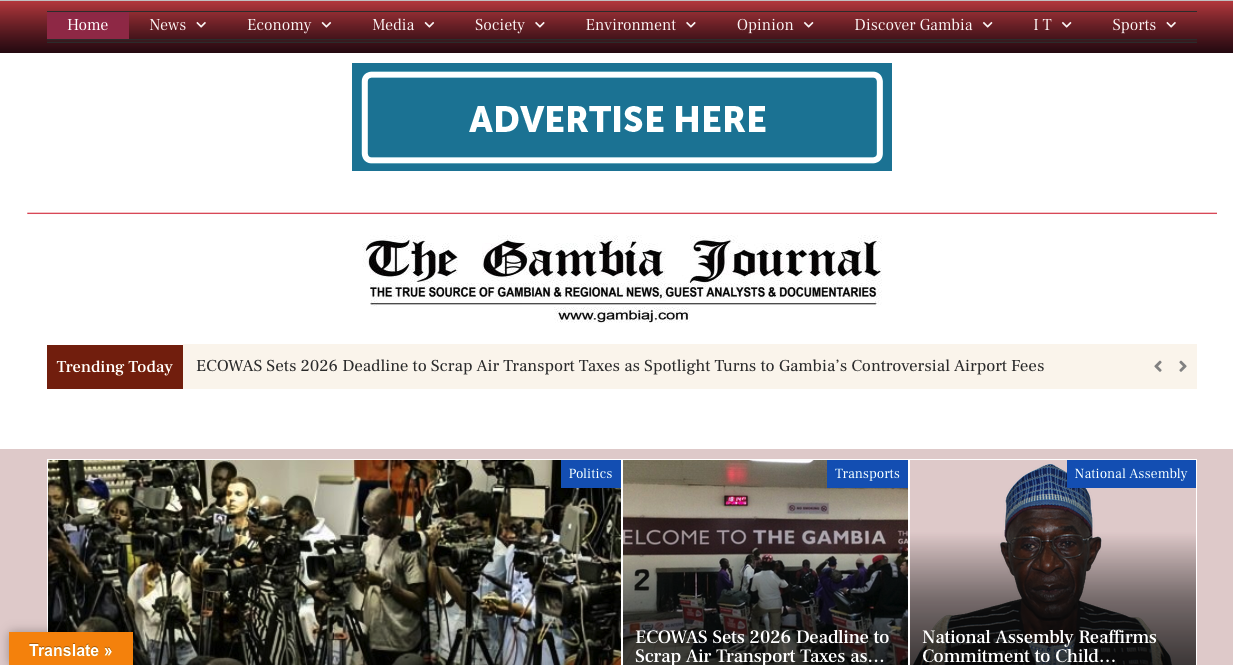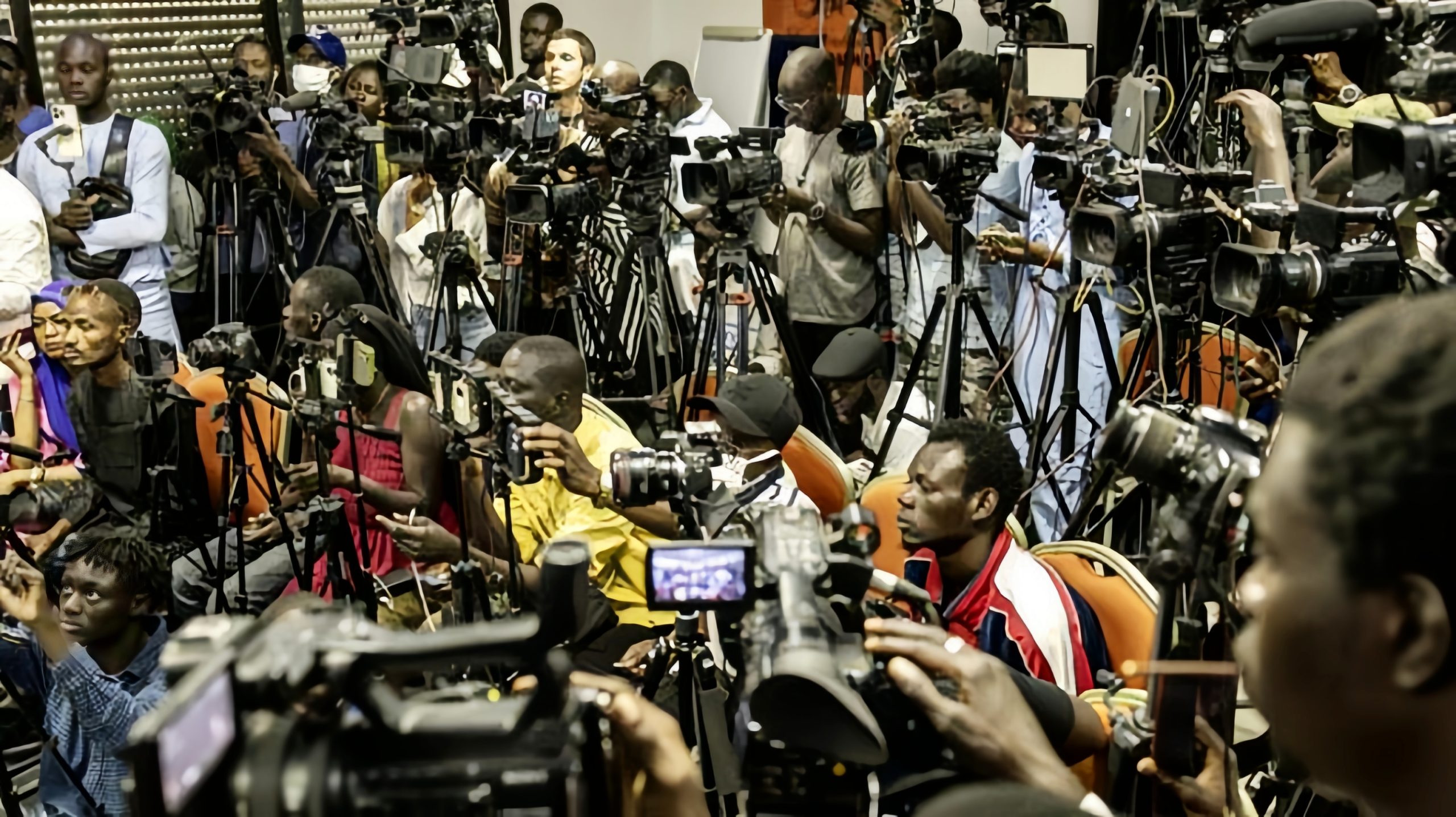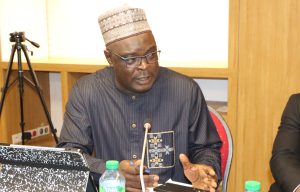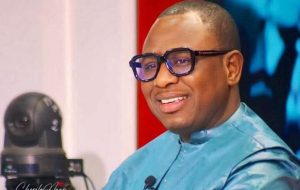Pan-Africanists such as Marcus Garvey and Kwame Nkrumah who historically called for a stronger continental centre have not enjoyed a realization of their visions. Instead, the Organization of African Unity (OAU), replaced by the African Union (AU), emerged as institutions for African cooperation without strong supranational power. The effectiveness of both institutions has therefore been limited, particularly in terms of economic development and security.
In the absence of a strong external military threat, the subtlety or patchy overtness of ‘neo-colonialism’ was not enough to pressure African leaders to relinquish some national sovereignty in favour of a stronger AU. Without these strong external threats, major progress in economic, redistributive, political and military intergovernmental coordination in Africa has happened mainly because of major internal pressures from war, famines and/or geopolitical competition. This ‘crisis Pan-Africanism’, however, has its own limitations in breadth and depth and does not presently appear to be viable at the continental scale.
The African union and limits to voluntarist Pan-Africanism
Over the years, there have been different definitions of Pan-Africanism. The historian, John Clarke, in a 1988 article titled ‘Pan-Africanism: A Brief History of an Idea in the African World’, demonstrates that a common theme across the historical definitions of Pan-Africanism is that Pan-Africanism is ‘about the restoration of African people to their proper place in world history’, through the restoration of land, nationhood and respect. However, the approach to securing these have differed among pan-Africanists, with some focusing on educational improvements among Africans, others on racial solidarity and others on territorial consolidation. For the latter, Edward Blyden, one of the nineteenth-century fathers of Pan-Africanism, envisioned a trans-tribal West African State aided by British colonial expansion; Garvey, the West Indian founder of the Universal Negro Improvement Association, made efforts to build a trans-continental black republic; and Nkrumah, the leader of Ghana, the first nation in sub-Saharan Africa to achieve independence, called for a United States of Africa.
By the 1960s, the main debate which divided African leaders into the Casablanca bloc and the Monrovia-Brazzaville bloc, was whether postcolonial Africa should take action to pursue immediate political integration (Casablanca bloc) or should pursue economic integration first while maintaining existing colonial boundaries with the ultimate goal of political integration in the future (Monrovia-Brazzaville bloc).
The creation of the OAU in 1963 was the institutionalization of the victory of the Monrovia-Brazzaville bloc. On the other hand, many African leaders recognized the many international problems in Africa, including low intra-continental trade, weak international transportation infrastructure and communication systems and common natural resources such as river basins that require bilateral or multilateral institutions to manage in concert. Therefore, hundreds of regional intergovernmental organizations were created ad hoc, as opposed to Nkrumah who advocated for a strong continental centre with an African High Command for military needs, an African civil service and other pan-African institutions.
These ad hoc institutions, however, had weak supranational power since national rulers were reluctant to relinquish some of their sovereignty. The first set of wider regional economic organizations was established by clusters of countries which had become used to pre-existing regional coordination arrangements under colonial rule—such as Francophone West Africa (Union Douanière des États de l’Afrique Occidentale in 1959), the Union Douanière et Économique de l’Afrique Centrale among Central African states in 1964 and the East African Community in 1967. Even these were limited in depth, since they did not foster a developmental integrationist approach to regional economic integration, preferring trade liberalization and facilitation measures over common industrial policies.
In other words, Nkrumah’s attempt to position ‘neo-colonialism’ as the external threat to pressure Africans into forming a strong continental centre was unsuccessful. In fact, the few attempts at coalescing African countries into stronger collectives faced this exact problem. The lack of pressure for redrawing colonial borders into larger nations/federations is observed in the short duration and eventual collapse of the Mali Federation (between Senegal and Mali, lasting barely two years in 1959–1960) and Africa’s only postcolonial political integration experiment, the Senegambian Confederation (between Senegal and Gambia, 1982–1989).
In both cases, external threats were not strong enough to outweigh the inconveniences of the perceived internal tensions (which every new federation is bound to have). This contrasts with the Dutch Republic formed in 1579 as a mutual alliance of seven Dutch provinces seeking independence from Spain; the case of the German unification in 1857, which occurred in the context of Prussian geopolitical competition with Austria; and the 13 colonies coming together to form the United States in 1776 under the pressure of the war with Britain.
Africa’s regional experiments were also freely negotiated—which tends to be more prone to territorial fragmentation than authoritarian unification—rather than a case of one African country invading another. This contrasts with: the Italian unification (1848-1871), especially with the Southern Italian states, which was led by the wealthier Kingdom of Piedmont-Sardinia; England imposing empire on Ireland and Wales from the twelfth and thirteenth centuries; and nineteenth-century Latin America, which experienced longer (but still failed) experiments with Gran Colombia (1821-1830) in South America and the Central American Federation (1823-1842).
Indeed, the Senegambian Confederation probably lasted much longer than the Mali Federation and the largely symbolic Ghana-Guinea-Mali Union (1958–1963). This is likely because the Senegambian Confederation was established after a stronger Senegal intervened militarily to support Gambia’s ruling government against a coup (under a 1965 defence agreement given that small Gambia had no army). Another major case of lasting boundary expansion (such as Morocco over Western Sahara) occurred through absolutist/military means.
In Africa Must Unite, published in 1963, Nkrumah acknowledged that barriers to continental unity included ‘the fires of sectional interests, of personal greed and ambition among leaders and contesting aspirants to power,’ who are ‘manipulated from afar’ by neo-colonial powers. Observing the strength of these forces manifest in the failure of sponsoring a peaceful path towards the attainment of African unity between 1957 and 1960, Nkrumah recognized that only with force would these barriers be broken.
Nkrumah, therefore, sought to build a continent-wide network of radical African nationalist parties committed to pan-Africanism and favourable to his ideals. The Bureau of African Affairs and other instruments of Nkrumah’s ‘informal diplomacy’ served to create support for freedom fighters from other African territories in Ghana. This was in order to speed up the creation of a Union of African States. In other words, Nkrumah sought to empower radical pan-African opposition groups and their militant wings, which were in favour of African political union. The Ghanaian leader was eventually overthrown in 1966 and his policies reversed.
Nonetheless, without the covert subversive efforts of Nkrumah to force African leaders to take steps in the direction of greater political, economic and military integration, since Nkrumah’s death in 1966, various crisis conditions, especially war, famine and geopolitical competition have performed this function. These crisis conditions have led to the formation of more substantive inter-governmental arrangements and milestones on Africa’s journey to closer continental integration. This is demonstrable in the case of West Africa, where Nkrumah directed much of his initial, late-colonial and postcolonial political efforts.
War, famine and geopolitical competition
The role of realist, rather than idealist or voluntarist factors in stimulating crisis pan-Africanism is observable in several cases whereby hitherto separate regions were joined together. Africa’s only post-independence political integration experiment demonstrates the role of realist factors in stimulating closer international coordination. It was the 1981 military coup (elite violence) in Gambia that forced the Senegalese and Gambians—after Senegal intervened militarily to support the ruling government (under a 1965 defence agreement)—to establish the Senegambian Confederation (1982-1989).
While the Maghreb’s interest in closer trans-Saharan relations was often weak since independence relative to interest in relations with the Arab world, the United Nations’ sanctions against Muammar Gaddafi’s Libya from 1992 and the weak support Gaddafi received from members of the Arab League helped spur, for the first time, an organization bringing together a Maghrebi state and sub-Saharan African states in 1998—the Community of the Sahel-Sahara States (CEN-SAD).
A major part of Nkrumah’s unrealized vision for a regional or continental socialist federation was for redistributive mechanisms to foster balanced development. Despite the opposition to a regional or continental federation, the balance of power geopolitics seemed to account for a large part of the, albeit weak, regional redistributive mechanisms that eventually came to be established in West Africa. The Conseil de l’Entente (comprising Côte d’Ivoire, Upper Volta, Niger and Dahomey) was formed in 1959 as a counterweight to the Mali Federation in which Senegal played a key role. The Conseil’s Solidarity Fund (1959—1963) and Fund for Mutual Assistance and Loans Guarantee (from 1966 on), while progressive, merely served to provide a minimum level of institutional cohesion, rather than provide a positive and ambitious means of development assistance to poorer member states.
The Organization Commune Africaine et Malagache was formed by the French in 1965 to balance against the Ghana-Guinea-Mali Union in which Ghana played a key role. The Communauté Economique de l’Afrique de l’Ouest (CEAO) was formed, forcing the presidents of Senegal and Côte d’Ivoire to rise above decades of rivalry, as a counterweight to Nigeria’s post-civil war attempt at greater influence in Francophone West Africa (and hence the diminishment of French influence) and regional security consolidation—a strategy which the formation of Economic Community of West African States ( ECOWAS) was a key part of. The CEAO’s Community Development Fund and, from 1977 on, Solidarity and Development Assistance Fund, were attempts at instituting redistributive mechanisms.
Even for military cooperation, African countries seem to have to be forced to engage in serious regional cooperation. It was the threat of a regional spillover of the Liberia war (1989-2003) that put security issues at the top of ECOWAS’s agenda and created the ECOWAS Ceasefire Monitoring Group (ECOMOG) in 1990, as Africa’s first regional military intervention force. ECOMOG was substantially influenced by Nigeria’s General Sani Abacha, who was facing international sanctions and a need to seek external legitimacy. Likewise, it was in reaction to the 2012 Malian crisis and the observation of the trans-border nature of insurgency that led several Sahel countries to form the first Sahel security grouping, the G5 Sahel in 2014.
Similarly, the great droughts of the 1970s led to the formation of Organisation pour la Mise en Valeur du Fleuve Senegal (OMVS) between Senegal, Mali, Mauritania (and later Guinea) in 1972 around the second largest river in West Africa, the Senegal River. The OMVS has become, according to the High Commissioner of the OMVS, Kabine Komara, ‘the only African river management entity that has systematically implemented the principle of equitable sharing among member states when it comes to ownership of infrastructure constructed in the river basin or water resource benefits.’ It was also the drought of the late 1960s and the 1970s and its impact on Sahelian peoples that was, according to the UN Economic Commission for Africa, ‘Perhaps the single most important factor in recent history to have first mobilized Sahelian States toward a regional security complex’, the Comité permanent Inter-Etats de Lutte contre la Sécheresse dans le Sahel.
The limits of crisis Pan-Africanism
Despite these crisis-driven pockets of progress in continental integration and cooperation over a period of decades, serious limitations remain. First, it is not in every case that geopolitical competition or crises spur strong positive regional cooperation. For instance, the geopolitical competition between Morocco and Algeria has stalled economic and political cooperation in the Maghreb. It partly accounts for the dormancy of the Arab-Maghreb Union established in 1988 and is agreed to be destructive to Maghrebi relations.
Furthermore, the initiatives that do emerge from these pressures often remain severely limited both in their allowance of deeper integration and in their effectiveness. For example, although the G5 Sahel was created to respond to the transnational Sahel crisis (and also to bypass trans-Maghrebi tensions), counter insurgency cooperation in the region is neither broad enough in scope nor deep enough to stem the Sahel security crisis.
Regarding depth, countries in West Africa lack the number of troops needed to counter insurgency and would have benefitted from security re-distribution (troops from less security-stressed countries and regions redirected towards areas with greater security risks). This is because most West African states have security forces that are too small for the successful provision of security during conflicts. The situation seems to be worse for countries of the Central Sahara where, as Annette Lohmann, director of the Friedrich-Ebert–Stiftung in Bamako, argues, ‘Due to the vast area and its inhospitality, none of the neighboring states of the central Sahara is able to control its entire territory… and has thus made the central Sahara attractive for terrorists.’ The outcome is the rise of local militias and ‘self-defense’ groups.
In terms of the breadth/scope of security cooperation, enemy-centric counterinsurgency is less complex than development cooperation (where new infrastructure, more goods and services and institutional mechanisms to monitor the disbursal and utilization of industrial and agricultural policy rents need to be deployed). Therefore, the same problem arises for population-centric or developmental counterinsurgency as exists for developmental integration.
Daniel Bach, an African Studies scholar, argues that within Africa, generally, the most tangible achievements of regional cooperation are often to be seen in the infrastructure and telecommunications sectors since ‘The clearly defined commitment required for these schemes appeals far more to member-states and external donors than the open-ended integration projects launched within broader institutions.’ Moreover, such schemes tend to have clearer dominant national coalitions interested in their success. For instance, a country’s section of a regional highway may have the infra-national political interest of local politicians seeking easy electoral goodwill and the economic interest of distributors and business-people.
More complex regional schemes such as ‘developmental regionalism’ that involve regional industrial policy planning and implementation are fraught with uncertainties, domestic and regional distributional conflicts and financial deficiencies. Indeed, the more ambitious goals of the CILSS to secure a ‘Marshall Plan’ for the Sahel were not met. While by the late 1970s, the organization managed to secure around $1 billion mostly in the form of loans and emergency aid, there was an absence of a wealthy super-power ready to finance a large-scale Sahel development programme. The body thus ultimately produced few durable legacies.
This implies that the AU will continue to be weak, even if continental crises occur. This is because a crisis is not actually a sufficient factor for instigating stronger intergovernmental coordination. For instance, the OAU-backed Lagos Plan of Action (officially the Lagos Plan of Action for the Economic Development of Africa, 1980–2000) was acclaimed by Adebayo Adedeji, former Executive Secretary of Economic Commission for Africa, as ‘the first time in the history of the continent…that 50 independent and sovereign states which differ markedly in their levels of economic development, in their political ideologies and in their social systems have subscribed to a common set of development objectives and goals and have adopted common development priorities and strategy.’ The Plan was produced against the backdrop of the severe and generalized economic, debt and food crisis in the 1980s, but was not backed by a counter-hegemonic coalition of resources, state capabilities or supranational power. It was therefore merely a declaration of opposition to the hegemonic World Bank Berg Report.
A lesson may be learned from the drought case. OMVS has been substantially more successful than the CILSS because, as one group of scholars argues, Senegal, as the sub-region’s primary economic engine, plays the role of a ‘benevolent hegemon’ in the configuration of OMVS actors. In other words, the involvement of one of the most stable sub-regional great powers in West Africa was important. Senegal’s primacy within the small OMVS grouping could be directed at providing the body with enough autonomy. This helped to attract foreign financing and pursue the OMVS’s mandates with better results than the rowdy CILSS.
Likewise, although both ECOWAS, the Arab-Maghreb Union and CEN-SAD were established for geopolitical reasons, ECOWAS has been more successful and active than the others. ECOWAS not only emerged for geopolitical purposes but also had Nigeria as a clear hegemon in a region with a greater level of intra-regional trade than the Maghreb or trans-Sahara.
A crisis Pan-Africanist path for a stronger AU?
There is no absolute power in Africa that can provide hegemony at a continental scale using its material resources, military capabilities and ideological influence. The large, wealthy and more militarily powerful North African powers (Egypt, Morocco, Algeria), populous Nigeria, quasi-industrial South Africa and symbolic Ethiopia are almost equal contenders, with none having the continent-wide material influence, trade dominance or military capabilities to forge the stronger continental centre as Nkrumah envisioned.
Although South Africa is the largest African source of Foreign Direct Investment (FDI) for the continent (accounting for 39 per cent of intra-African FDI), at five percent of total FDI in Africa, this is substantially below that of non-African sources and mostly concentrated in Southern Africa. South Africa also has a long way to go in extending its continental influence and structural power. Thus, despite its strengths and positive impacts, the AU remains financially weak, dependent on external donors and fraught with limited implementation capabilities and supranational power.
However, although a singular continental crisis event may be insufficient to strengthen the continental centre, a generalized and systematic continental crisis, such as climate change, could help in strengthening the AU over time. Under such a climate emergency, ‘climate colonialism’ would be a more overt and tangible extra-continental threat than Nkrumah’s ‘neo-colonialism’, thereby helping to spur greater demand for continental unity.
Abel Gaiya graduated from SOAS University of London with an MSc in Development Economics. He is a brilliant economist and analyst of the global economy and African politics. Abel wrote several books, including “Exploiting the South African TPSP, NIPP/IPAP, and NDP Synthetic Triad” and “Theories of Planned Organizational Change Book.”
The views, thoughts, and opinions published in The Gambia Journal belong solely to the author. They are not necessarily the views of The Gambia Journal.




